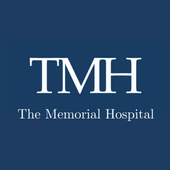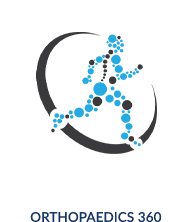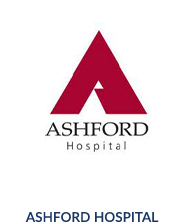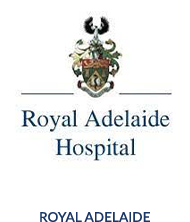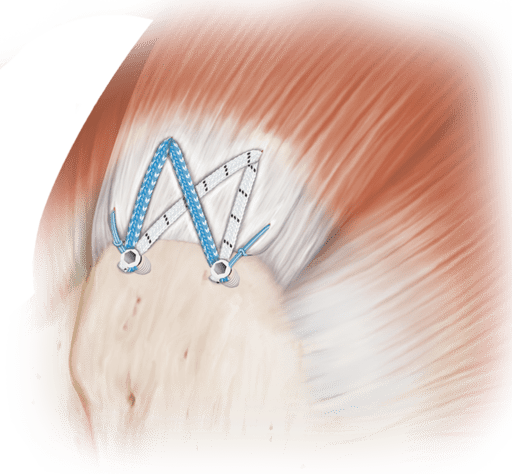What is the Rotator Cuff?
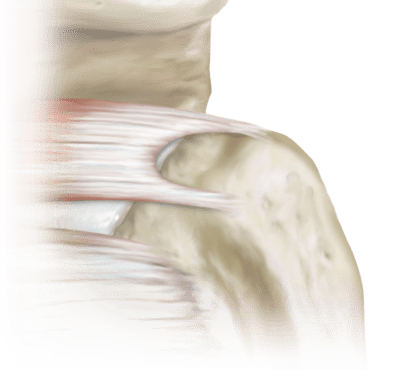
The rotator cuff is a collective term for the tendons which attach to the shoulder and control rotation and elevation of the arm. There are four rotator cuff tendons which attach muscles from the shoulder blade (scapula) to the upper arm bone (humerus). One or more of these tendons can tear from a sudden injury such as a fall, tackle in sport, or reaching out to grab something to prevent a fall. The tendons can also tear as a result of degeneration with age. Find out more about rotator cuff tears in this article.
The symptoms of a rotator cuff tear include:
- Weakness of the arm
- Pain
- Loss of range of motion and stiffness
- Impaired function of the arm, especially overhead movements
If non-operative management is unsuccessful or in more active patients, Dr Yu may recommend a rotator cuff repair.
What’s involved in Rotator Cuff Repair surgery?
A rotator cuff repair is performed in combination with a shoulder arthroscopy, which involves 3-4 keyhole cuts around the shoulder. Through these small incisions, Dr Yu will use an arthroscopic camera and keyhole instruments within the shoulder joint to assess the rotator cuff tendon.
The cartilage of the shoulder, bursa, bone spurs and labrum will also be treated if needed. This includes trimming bone spurs which can abrade the rotator cuff tendon, debriding an inflamed bursa, and removing loose flaps of torn cartilage and labrum.
The torn rotator cuff tendon is repaired via this keyhole (arthroscopic) technique. Occasionally a small 3-4cm incision is made on the side of the shoulder in order to achieve a strong repair, known as the ‘mini-open’ technique.
The tendon is repaired by grasping the torn end with surgical suture and reinserting it onto the bone of the humerus where it has been torn from. This is achieved by inserting surgical anchors into the bone.
Depending on the tendon and muscle quality, a repair may not be possible. If this is the case, Dr Yu will discuss the options with you. Surgical techniques including superior capsular reconstruction, patch augmentation and tendon transfers can be explored, and will be discussed with you preoperatively.
Risks
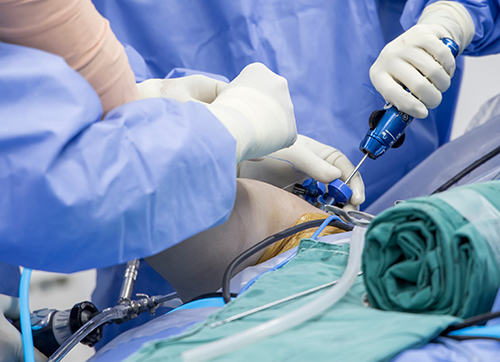
As with any surgical procedure, there is a small risk of:
-
- Infection
- Wound healing problems – very unlikely with keyhole incisions
- Cardiovascular risks – stroke, heart attack, blood clots
- Bleeding
- Swelling of the operated limb – generally subsides within weeks to months.
- Pain – discomfort is expected after an operation, however pain medications are used in a routine manner to relieve this post-operative discomfort
Specific risks of rotator cuff repair:
-
- Damage to nerves around the shoulder
- Stiffness or ‘frozen shoulder’
- Failure of tendon healing
What happens after the surgery?
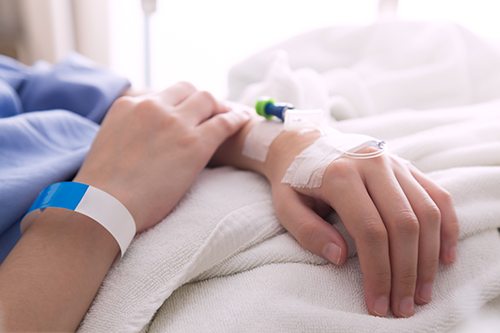
Postoperative instructions and follow up
Immediate post-op
After your operation you will be taken to the recovery room of the hospital, and allowed to have something to drink. When the team is happy the anaesthetic has worn off, you will be transferred to the day surgery area or to your inpatient room depending on whether you will be staying overnight. A sling / shoulder immobiliser would have been placed on your arm in the operating room, and should keep your arm comfortable and safe. If a nerve block has been performed by our anaesthetist, then your arm should feel comfortable but numb for up to 24-36 hours after the operation. When pins-and-needles are felt in the hand and arm then the block is starting to wear off, and your nursing staff will commence pain medication to keep you comfortable.
Discharge from hospital
On discharge from hospital you will be given:
- Physiotherapy – instructions on exercises that should commence for the shoulder, elbow and wrist.
- Sling – instructions on the use of your sling, including whether it is allowed to be removed.
- Dressings – please keep dressings dry and do not remove them.
- Follow up appointment time
Follow up
A follow up appointment will have been made for you after the operation. This will typically be an appointment around the 2-3 weeks after the surgery. If you have any concerns before this appointment, call Dr Yu’s clinic on (08) 7099 0188 to speak with us.
My goals as a surgeon are to relieve your pain, restore your function, and return you back to doing what you love.
– Dr Raymond Yu
- Adelaide Orthopaedic Surgeon
- Adelaide Shoulder Surgeon
About
Dr Raymond Yu
Dr Raymond Yu is an Adelaide Orthopaedic Surgeon with post-Fellowship expertise in Shoulder and Elbow Surgery.
He specialises in orthopaedic surgery of the Shoulder and Upper Limb with a focus on modern keyhole and minimally-invasive techniques.
Dr Yu has a special passion for:
- Rotator cuff repair surgery
- Shoulder replacement surgery
- Shoulder stabilisation surgery
Dr Yu practices at
